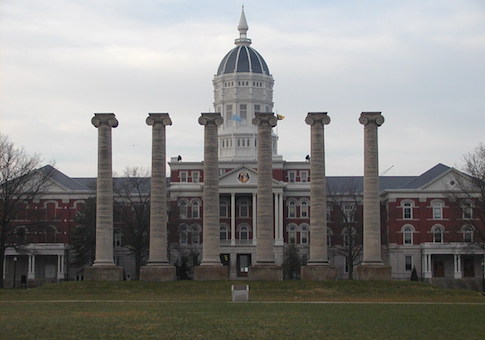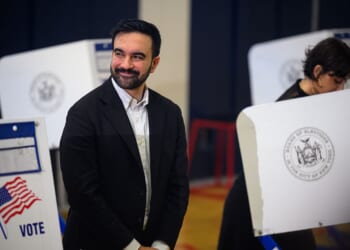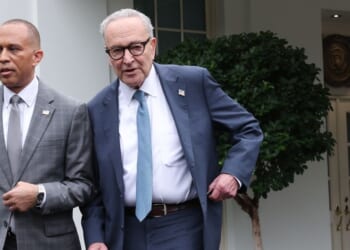The University of Missouri School of Medicine is requesting removal from a list of medical schools that maintain DEI offices, claiming the diversity and inclusion office the school renamed last year—and which is still run by the same administrator—does not count.
The medical school sent a letter on Tuesday to Do No Harm, the group behind the list, asserting its office of Community, Professional Proficiency and Student Success “is not a DEI office.” It also requested Do No Harm reconsider its decision to give the school a “C” grade in its Medical School Excellence Index, a rating of schools’ commitment to academic excellence.
The new office “does not operate programs that use race eligibility or preferences,” the letter read. “Based on this information, we respectfully request that your organization remove the University of Missouri-Columbia School of Medicine from its list of medical schools with DEI offices and re-consider its assigned grade in the Medical School Excellence Index.”
But according to Mizzou’s website, the new office is run by the medical school’s former dean for diversity and inclusion, Laura Henderson Kelley, whose title was changed in 2024 as part of a university-wide effort to appease conservative lawmakers. And as recently as February 2025, the office said its initiatives were guided by the school’s “Inclusive Excellence Framework,” which involves “the use of metrics and other evidence to drive intentional decision making around diversity, equity and inclusion.” That framework, which no longer appears on the school’s website, was developed by Mizzou’s central DEI division prior to its closure in 2024.
The new office also runs several of the same programs as the medical school’s old diversity office, according to an archived webpage.
Ian Kingsbury, the director of research at Do No Harm, said the school was trying to have its cake and eat it too.
“Some medical schools look to be fully compliant with Trump’s EO on DEI,” Kingsbury said. “Others continued on as if nothing happened and still feature offices labeled ‘Diversity, Equity, and Inclusion.’ But some have tried to split the difference, rebranding the office but maintaining the same functions and even the same personnel. We believe UM Columbia is one such example of this phenomenon.”
A spokesman for the University of Missouri, Christopher Ave, declined to comment.
The letter, which was signed by medical school dean Richard Barohn and executive vice dean Ross Zafonte, underscores how much of a liability DEI has become for medical schools in the Trump era, especially at public universities in red states that are subject to additional political pressures.
Alabama, Florida, and Texas have all passed laws banning DEI programs at public universities, and Missouri governor Mike Kehoe (R.) signed an executive order this year barring the use of state funds for DEI.
The Trump administration has also cut billions to universities over their alleged violations of civil rights law. Some of the most dramatic cuts have been to university medical centers, which depend on the government for research grants.
Many schools have responded to these pressures by renaming their diversity offices and changing the titles of DEI personnel. At the University of Michigan School of Nursing, for example, the DEI office was renamed the office of “Community Culture.”

















